Tags: NASA
XRISM Telescope Works but Door Covering Spectrometer Resolve Is Jammed
NASA’s JWST Spots Massive Asteroid Collision in Beta Pictoris Which Pulverized Rocky Bodies Into Fine Dust Particles

NASA’s Artemis Moon Tree Takes Root on US Capitol Grounds, Symbolizing Space Exploration
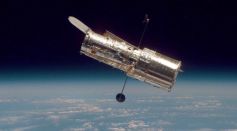
NASA’s Hubble Space Telescope To Operate With One Gyroscope, Ensuring Continued Cosmic Discoveries
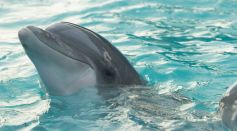
NASA's Failed Experiment: The Dolphin Communication Project, an Attempt at Interspecies Dialogue
Twin Climate Satellites From NASA’s JPL Set To Launch To Study Earth’s Poles, Measure Our Planet’s Energy Balance
NASA’s OSIRIS-APEX Spacecraft Remains Unscathed After Closest-Ever Encounter With the Sun
NASA’s JWST Detects 2 Most Distant Galaxies in the Universe Dating to Only 300 Million Years After the Big Bang
Asteroid ‘Dinky’ Visited by NASA’s Lucy Spacecraft Found To Have Contact Binary Moon
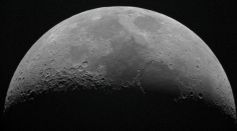
Moon Mapping Revolution: New Technique From Brown University Enhances Precision and Efficiency
South Korea Launches KASA; Space Agency Is Modeled From USA’s NASA
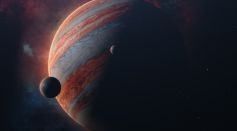
NASA's TESS Discovers 126 New Planets: Unlocking the Secrets of the Universe
NASA Turns On Psyche’s Electric Hall Thrusters

European Space Agency Goes to NASA for Mars Rover Launch Using Pioneering Nuclear Power Source After Splitting with Russia
NASA’s JWST Solves Mystery of Super-Fluffy Planet With Cotton Candy-Like Density
NASA Finds Cheaper Ways To Handle Space Junk, Improving Orbital Safety

Blue Origin to Fly Oldest Astronaut, Fulfilling Dream Decades After Being Denied Chance as First Black Astronaut
NASA Releases High-Definition Photos of Jupiter’s Moon Europa With Complex Surface Features Called ‘The Platypus’
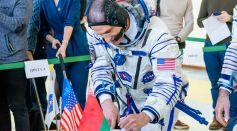
Don Pettit, Oldest Active NASA Astronaut, Gears Up for New Mission to the International Space Station

NASA Advances Lunar Levitation Robot Train Concept for Moon Base by 2030s To Develop Science Fiction-Like Projects
Most Popular

Largest Known Volcanic Aquifer Discovered Beneath Oregon's Cascades

New 'Supergiant' Sea Bug Found in South China Sea, Named After Darth Vader

Mediterranean Sea Was Refilled by a Catastrophic Flood Millions of Years Ago

Mysterious Cosmic Waves That Sound Like Birds Detected in Unexpected Space Region





